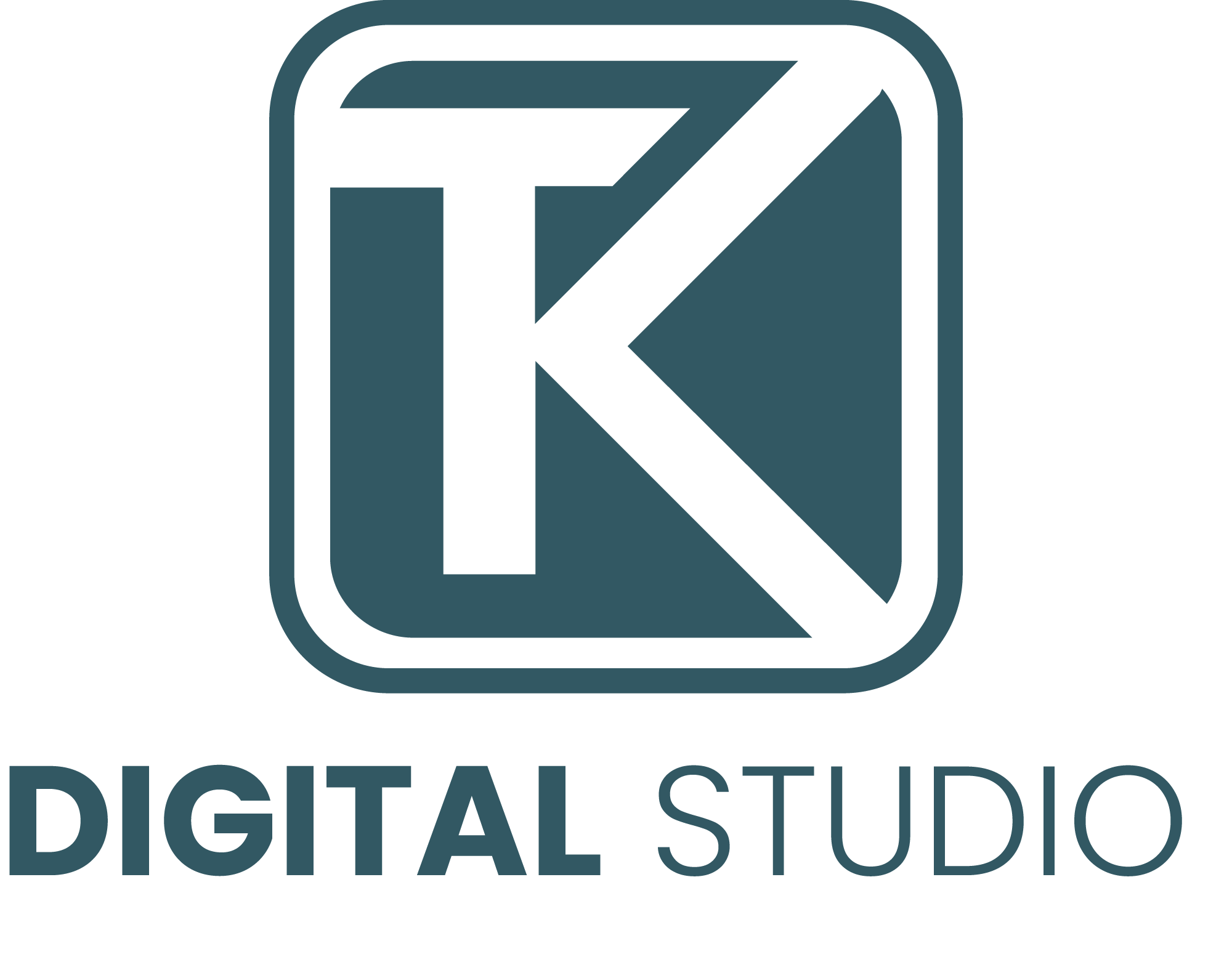Table of Contents
How can you boost your Amazon listing click-through rates with product photography? If you’re an Amazon e-commerce seller, you know that getting your products noticed on the marketplace can be a challenge. With so many other sellers vying for the attention of Amazon shoppers, it’s essential to make your listings stand out. In this post, we’ll explore how you can use product photography to boost your click-through rates and offer additional tips to improve your Amazon listings.
1. Hire A Professional Photographer
The first and most crucial tip for improving your Amazon listing click-through rates is to use high-quality images. Your product images should be clear, sharp, and properly lit to showcase your product in the best possible way. On Amazon, product photographs of your item should have a white background. Make sure your images are large enough to show all the details of your product, and use multiple images from different angles to give shoppers a complete view.
Amazon recommends using images that are at least 1,000 pixels on the longest side, but larger images can be even more effective, although very large images (for example, larger than 2,500 pixels tall and wide) may take longer to load, creating some trade-off. However, it is undoubtable that by using high-quality images that showcase your product effectively, you can improve your click-through rates and increase your chances of making a sale.
In addition to traditional product images, you should also consider using lifestyle images to help shoppers envision your product in use. Lifestyle images can be particularly effective for products that are difficult to describe with words alone, such as clothing or home decor items. For example, if you’re selling a piece of clothing, traditional product images might show the garment on a hanger or a mannequin.
While these images can be helpful for showing the style and design of the clothing, they don’t provide much context for how the garment would look on a real person or how it could be styled in different outfits. In contrast, lifestyle images can show the clothing on a model, in a real-life setting, or styled in different ways, providing shoppers with a better understanding of how the product could fit into their own life.
It is generally recommended to seek out a professional product photographer or studio for this service, as they will have the high-quality cameras and equipment to create beautiful imagery, allowing you to invest your resources in the other important aspects of your Amazon listing to boost your click-through rates.
2. Optimize Your Image Titles and Alt Text
Amazon allows sellers to optimize their image titles and alt text, which can improve click-through rates by making your listings more discoverable. Make sure to include relevant keywords in your image titles and alt text, so they show up in relevant search results.
Effective alt text can be a powerful tool for improving your Amazon listing’s SEO and accessibility. To write effective alt text, it’s important to use descriptive language that accurately describes the content of the image. Additionally, it’s important to follow Amazon’s guidelines, such as avoiding repetition, punctuation, and restricted words. Keyword stuffing should also be avoided, as it can be detrimental to the overall meaning of the alt text. When written effectively, image keywords can provide a range of benefits, such as improved search engine indexing, increased traffic, and enhanced customer engagement. By taking the time to craft thoughtful and descriptive alt text, you can help your Amazon listings stand out and reach more potential customers.
3. Use Infographics and Comparison Charts
Infographics and comparison charts can be effective tools for highlighting the features and benefits of your product. These visual aids can help shoppers quickly understand the value of your product and make an informed purchasing decision. When creating an infographic, it’s important to use eye-catching graphics, bold colors, and concise text to convey your message. Infographics should be easy to read and understand, with a clear hierarchy of information that guides the reader’s eye. When done well, infographics can quickly communicate complex information and help your product stand out from the competition.
Comparison charts are another useful tool for highlighting the benefits of your product. By comparing your product to similar offerings on the market, you can clearly demonstrate why your product is the better choice. Comparison charts should be easy to read and visually appealing, with clear and concise labeling that highlights the features and benefits of your product.
Both infographics and comparison charts can be used to highlight product specifications, unique features, and benefits that may not be immediately apparent from product photos or descriptions. By providing this information in a visually appealing and easy-to-digest format, you can increase the chances of a shopper clicking through to your listing and making a purchase.
4. Use A/B Testing to Optimize Your Listings
Finally, it’s essential to use A/B testing to optimize your listings continually. A/B testing is an essential part of data-driven listing optimization on Amazon. It involves experimenting with different versions of your product page to determine which ones lead to improved performance in terms of views, click-throughs, and sales. To start, take one of your product pages and record its number of views and conversion rates. Then, make a modification to your listing and wait for some time before collecting a new set of data. Compare the results with the initial numbers and analyze if the recent modification has caused any improvement. Rinse and repeat this process until you find the best-performing version of your product page.
One effective way to perform A/B testing is by testing different product titles. Craft two versions of your product title and run each for two weeks to collect data. During this time, monitor the number of orders, search volume, and clicks for each title. Once you have enough data, compare the results and choose the version that performed better. You can also conduct A/B tests on other elements of your listing, such as images, pricing, bullet points, and product descriptions.
To track your listing metrics, navigate to Reports > Business Reports in your Seller Central account. Here, you can view your product performance periodically and track your sessions, conversion rates, and units ordered before and after each A/B test.
Conclusion
In conclusion, improving your Amazon listing click-through rates is essential for e-commerce sellers looking to succeed on the platform. By using high-quality product photography and implementing the tips mentioned above, you can create listings that stand out and attract more shoppers to your products.
If you need help with product photography or your brand identity, please contact us. You can also find us on Facebook or Instagram.


